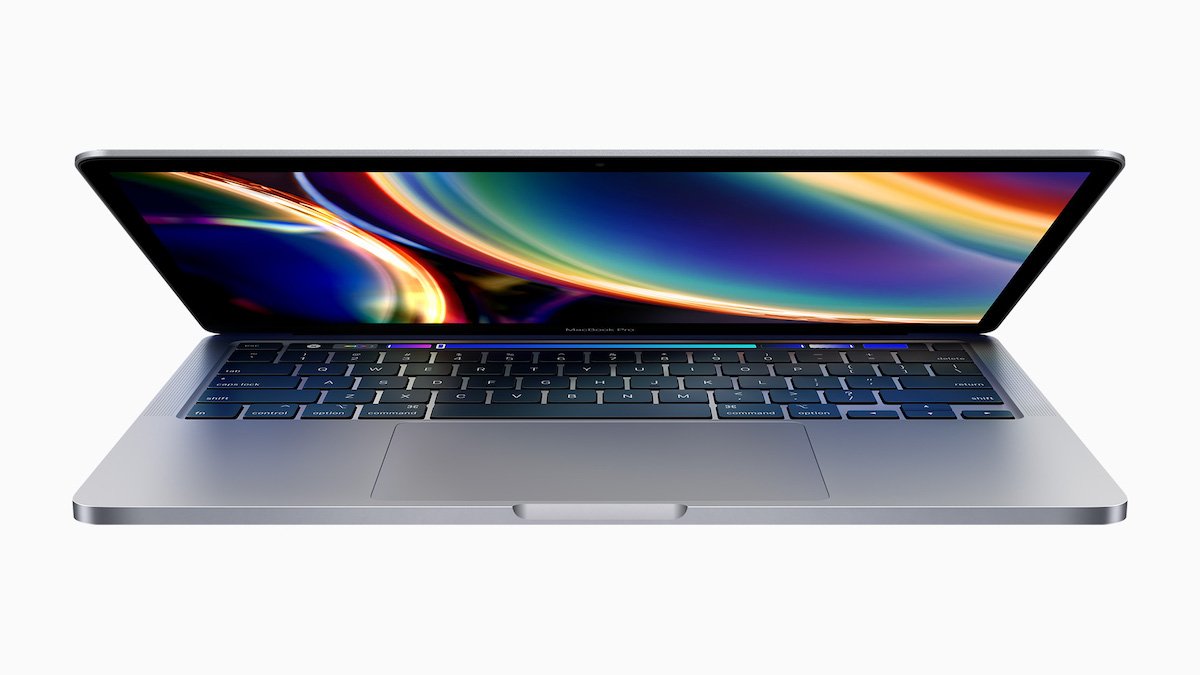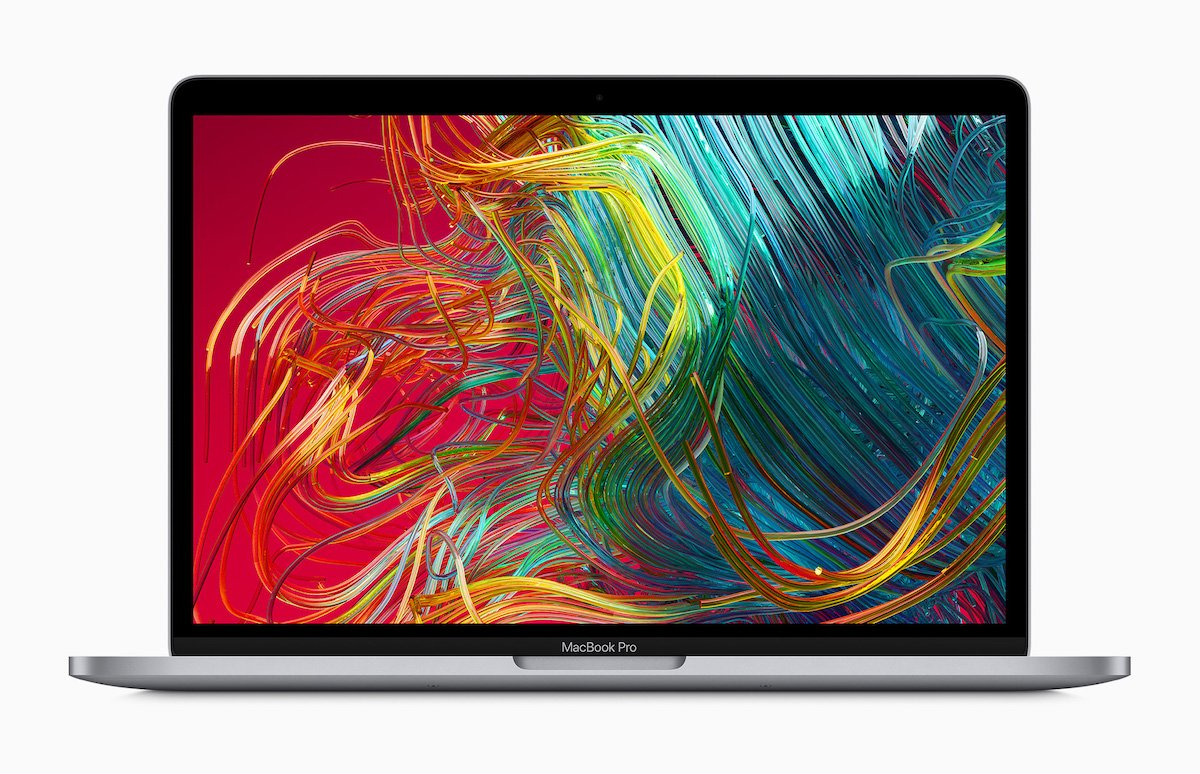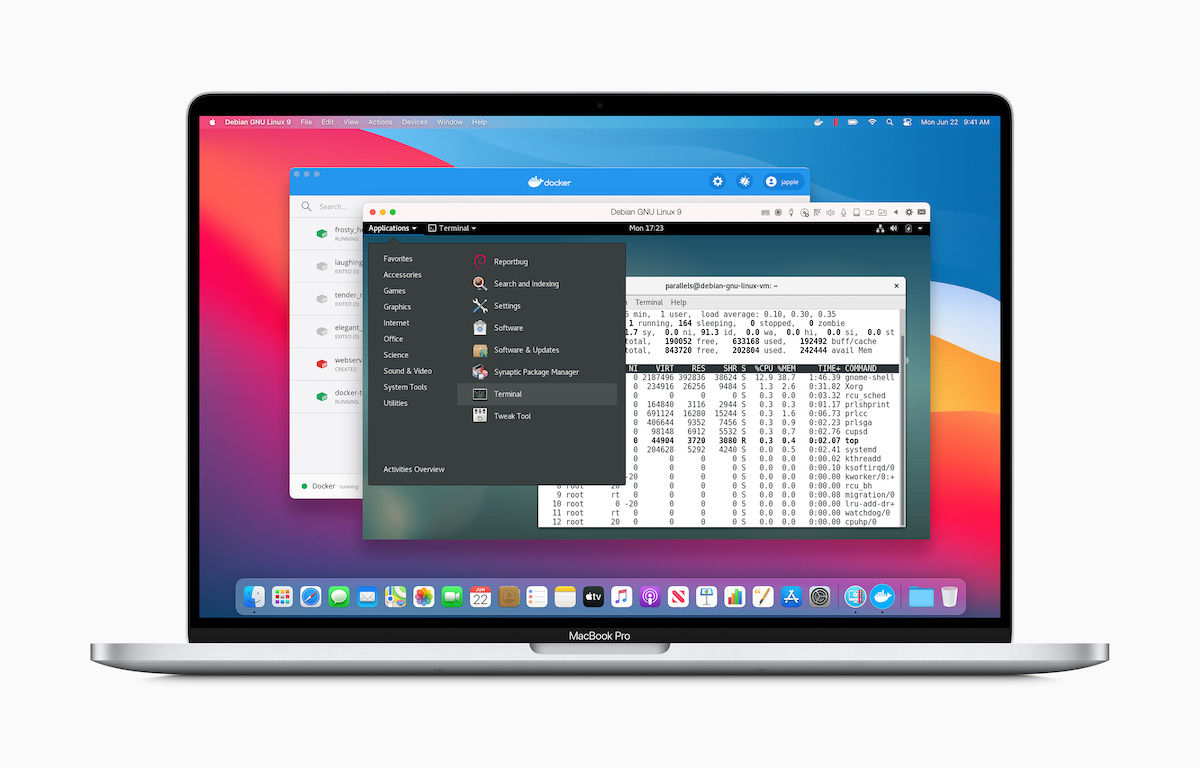According to Taiwanese research firm TrendForce, Apple’s upcoming 14-inch MacBook Pro with Mini-LED displays would be in production by 2021.
The report explains that Apple’s transition to Mini-LED display in upcoming products will start with the new 12.9-inch iPad Pro. Apple is also expected to begin procuring suppliers for its upcoming 14-inch and 16-inch MacBook Pro.
TrendForce notes that the company is likely to rely on Taiwanese suppliers for Mini-LED displays as a means to reduce its reliance on Chinese manufacturers. Apple has reportedly invested over $330 million in a Taiwanese factory for manufacture micro-LED and Mini-LED Displays. The report says:
“Although Chinese manufacturers currently possess enormous production capacity and cost advantages in the upstream and downstream LED supply chain, Apple has instead chosen to collaborate with Taiwanese manufacturers (which form a more stable supply chain), in an effort to avoid impacts from the China-U.S. trade war.”

14-inch MacBook Pro
Ever since Apple replaced the 15-inch MacBook Pro with the new 16-inch design and since then, reports of an upcoming 14-inch MacBook Pro are circulating by the rumor mills. Previously, renowned Apple analyst Ming-Chi Kuo shared that Apple will release at least six Mini-LED products by the end of 2021, including the 16-inch and 14-inch MacBook Pro models.
Kuo stated:
“The trend for Apple’s development and promotion of mini LED are more identifiable in five years. We predict that Apple is currently developing six mini-LED-support products (vs. the previous report of only two products), including a 12.9-inch iPad Pro, a 27-inch iMac Pro in 4Q20, a 14.1-inch MacBook Pro (upgraded from 13.3-inch), a 16-inch MacBook Pro, a 10.2-inch iPad, and a 7.9-inch iPad mini in 2020.”
Mini-LED Displays
Mini-LED displays make use of miniaturized backlighting, featuring over a thousand full-array local dimming zones. These utilize each LED panel to illuminate a small portion of the screen using an LED backlight as the primary source of brightness. Mini-LED displays have better control over local dimming as well.

The technology offers a higher contrast ratio, deeper blacks, power efficiency, and higher brightness as compared to OLED Displays. It is also less prone to burn-in and uses inorganic Gallium Nitride to ensure that it will not degrade over time like OLED displays.
Apple Silicon Support
Last month at WWDC, Apple announced that the company will be switching future Mac line-up to own designed custom chips, Apple Silicon. The transition will take two years, but that will not hold the company back from releasing products powered by Apple Silicon chips as early as the end of 2020. Given the time frame for the 14-inch MacBook Pro and 16-inch MacBook Pro release, it is highly possible that the new devices will be powered by none other than Apple Silicon.

Ming-Chi Kuo suggests that the 24-inch iMacs will be the first devices to switch to Apple Silicon. Apple has already confirmed that Macs with Apple Silicon will arrive in the markets before the end of this year. However, the details about the device and its processor are still hidden. Apple will also continue to release Intel-powered Macs in the two-year transition window.
TrendForce also explained that Apple processors are more cost-effective:
“Although Apple still needs TSMC to manufacture its self-designed processors, the production cost of a Mac processor made with TSMC’s 5nm node is currently estimated under US$100, which is considerably more cost-effective compared to the 10nm Intel Core i3 processors, priced around US$200 to US$300 on the market.”
In line with recent rumors, the company is expected to release the 12.9-inch iPad Pro with Mini-LED display in Q1 of 2021. The device will have a 5nm-based A14X bionic chip with 5G connectivity.
Read More:

3 comments
Comments are closed.